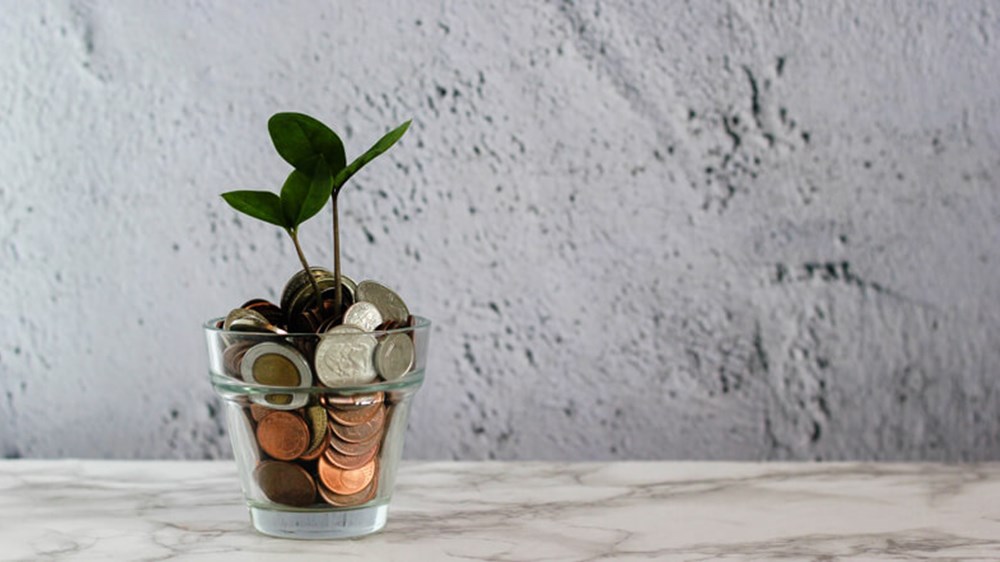We talk about emergency funds a lot, and in this guide we’re going to go into a bit more depth on what they are, how much you should aim to have in them, and – more importantly, when to use them.
Although some figures may be suggested within this guide, how your emergency savings are calculated will depend on your own personal circumstances – ap, if you’re unsure about anything, please talk to a financial advisor.
What is an emergency fund?
First things first, what exactly are we talking about when we say emergency fund? Well, quite simply, it is money that you have tucked away that can be ready to use at a moment’s notice.
This doesn’t necessarily mean you have it hidden under your mattress, but it definitely shouldn’t be tied up in fixed-term savings accounts, property, or investments.
The key here is speed and accessibility. We’ll go more into the purpose of an emergency fund in a bit, but essentially you need to be able to access it when you need it most. Delays or fluctuating values could work against you here.
Why do I need an emergency fund?
It’s always good to know why you’ve saving for something, and an emergency fund is there to help you pay for any unforeseen expenses. This could be anything from your roof starting to leak or your boiler breaking down, through to being in a car accident or having to pay a hefty vet bill. And also, it could help to keep you covered if you become unemployed.
You never know what’s around the corner, which is why it pays to be prepared. Your emergency fund could help to stop you falling into debt.
How much should be in your emergency fund?
There’s no set value for how big or small this savings pot should be, but it’s generally agreed that you should be able to cover three to six months’ worth of expenses.
To work this out, you may want to see how much you spend each month on things like your mortgage or rent, bills, food, pet care, and transport. Try not to include anything that’s non-essential in these calculations as this could bloat the amount you’d be looking to save unnecessarily.
So, for example, if your monthly expenses came to £3,000 – including mortgage, food bills, utilities, insurance, and other necessities – then your emergency fund should aim to be at least £9,000 to cover three months or as much as £18,000 to last six months.
All that said, if those numbers seem huge to you then don’t worry. Even having a few hundred pound tucked away could help you to get out of a financial scrape.
When to use your emergency fund?
Saving for an emergency is great thing to do, but if the time comes to use it and you don’t then it hasn’t fulfilled its purpose. There are many good reasons to use your emergency fund, typically they’ll be unexpected and immediate costs. We listed a few examples above, but these are by no means a clear list.
You should use your emergency fund to cover any unexpected expenses. Similarly, this fund could be used to prevent you having to take on expensive debt – like loans or high rate credit cards. It’s a good idea to apply a little common sense here by asking yourself these questions:
- Is it necessary?
- Is it urgent?
- Is it unexpected?
Where should you keep your emergency fund?
Despite most financial institutions recommending you set up an emergency fund, there’s no dedicated account type for it. Instead, you want to look for an easy-access savings account, ideally one which offers a decent interest rate. By doing this, your money is still able to earn interest and you’ll be able to withdraw it quickly if you need to.
This account could be a simple cash savings, an easy access Cash ISA, or even just a separate account. The important thing is that this money isn’t kept somewhere you could accidentally spend it – like your current account – as this could make keeping track of your savings more difficult.
How do you build an emergency fund?
If you already think that you need to build an emergency fund and you want to know where to get started, then you’re already at step one.
- Planning - This is where you need to figure out how much you want to have in your savings by calculating your expenses, then decide if you are leaning more towards three months or six?
- Saving – a good way to start saving is by making smaller, short term, and achievable goals. For example, you could set a goal to put away £100 a month, letting you gradually build up your savings. Try not to commit to too much too soon, as it can make saving feel much more difficult than it has to be. In fact, if you’re comfortable with it, setting up an automated payment into your savings could make building an emergency fund something you do without thinking about it.
- Monitor your progress – if you do choose the automated option, then it’s a good idea to keep track of your savings. This is where you could think about adjusting how much you put in to align with your goal and factor in other life events. Once you’ve achieved your goal, you may want to look at putting any excess savings elsewhere.
When to stop saving into an emergency fund?
This is really difficult to say, and there’s no right or wrong answer, but it could be worth putting a threshold on your emergency savings and separate your other savings for everything else – like holidays, house deposits, etc.
With these types of goals you’re unlikely to need access to the funds immediately, so you could get better interest rates by locking your money into a long-term savings account or even take advantage of the potential that investing offers. Doing this could help you stay ahead of inflation – where things get more expensive over time - and grow your money faster.
Why shouldn’t you invest your emergency fund?
One of the first things we said is that your emergency fund needs to be there for you at a moment’s notice. With investing, it can take a while to sell everything you’re currently holding in order to get the money out – and this delay could mean that you aren’t able to get the money you need quickly enough.
In some cases, selling down all your investments could take a few days, by which time your initial emergency may have gotten even worse.
In addition to not being immediately available, you’ll also have to contend with market fluctuations. Those same fluctuations that could help your money grow faster, could also mean that you lose money. In a cash account, if you’ve saved £1,000 then you know you’ll be able to easily withdraw £1,000. However, with investments, that £1,000 could be worth £1,100 one day and £900 the next.
Instead, emergency funds are typically held in easily accessed savings accounts — you could even use a Cash ISA to build tax-free interest as you're saving. If this is something that piques your interest, see what Wealthify's easy access, flexible Cash ISA could do for you.
Your tax treatment will depend on your individual circumstances, and it may be subject to change in the future.
Please remember the value of your investments can go down as well as up, and you could get back less than invested.
Wealthify does not offer financial advice. Seek financial advice if you're unsure about investing.



